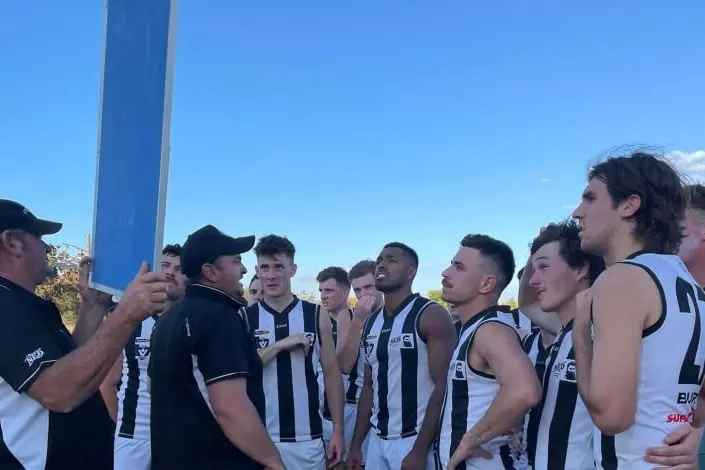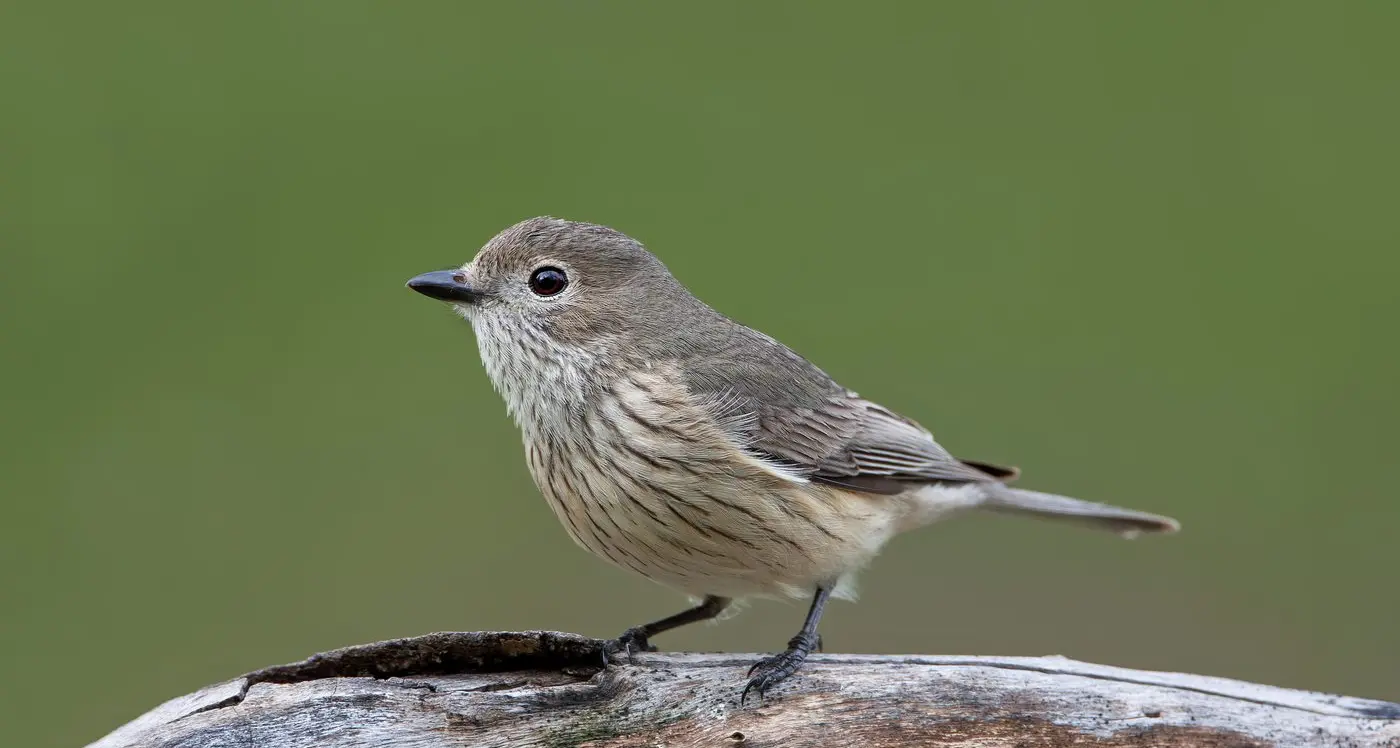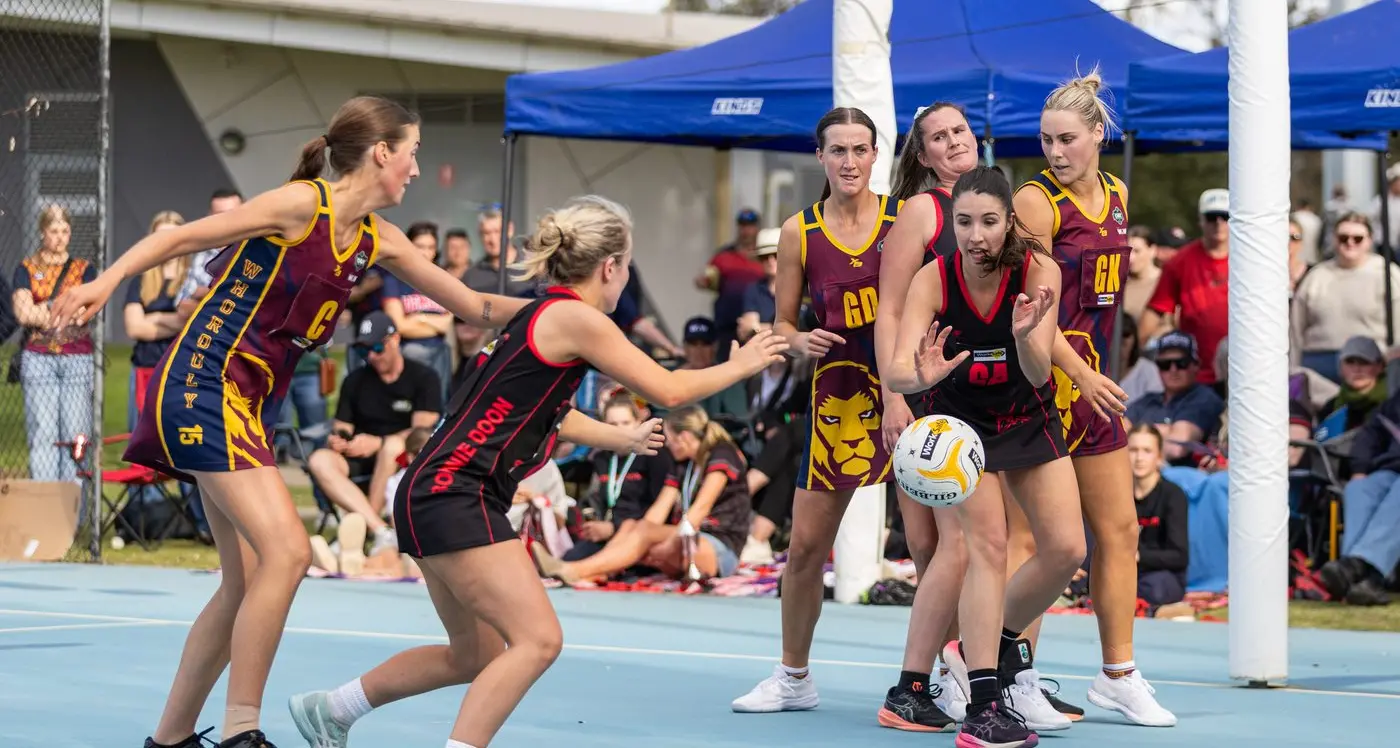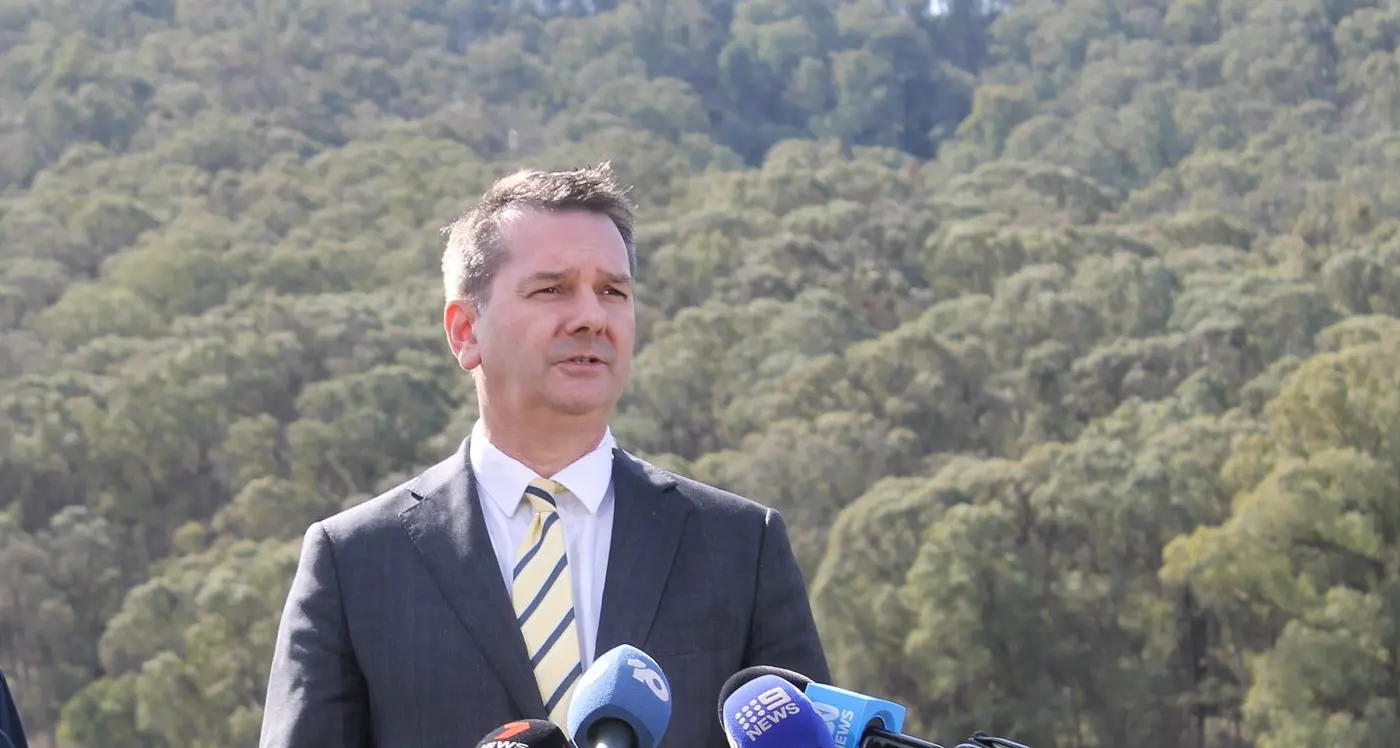Alarming participation figures for regional sport
PARTICIPATION in community sport was heavily impacted by COVID–19 and new research shows that small–town Victoria suffered more than most other areas. New Federation and Victoria University research shows that more than 230,000 players left...
May 17, 2022 • 02:00





